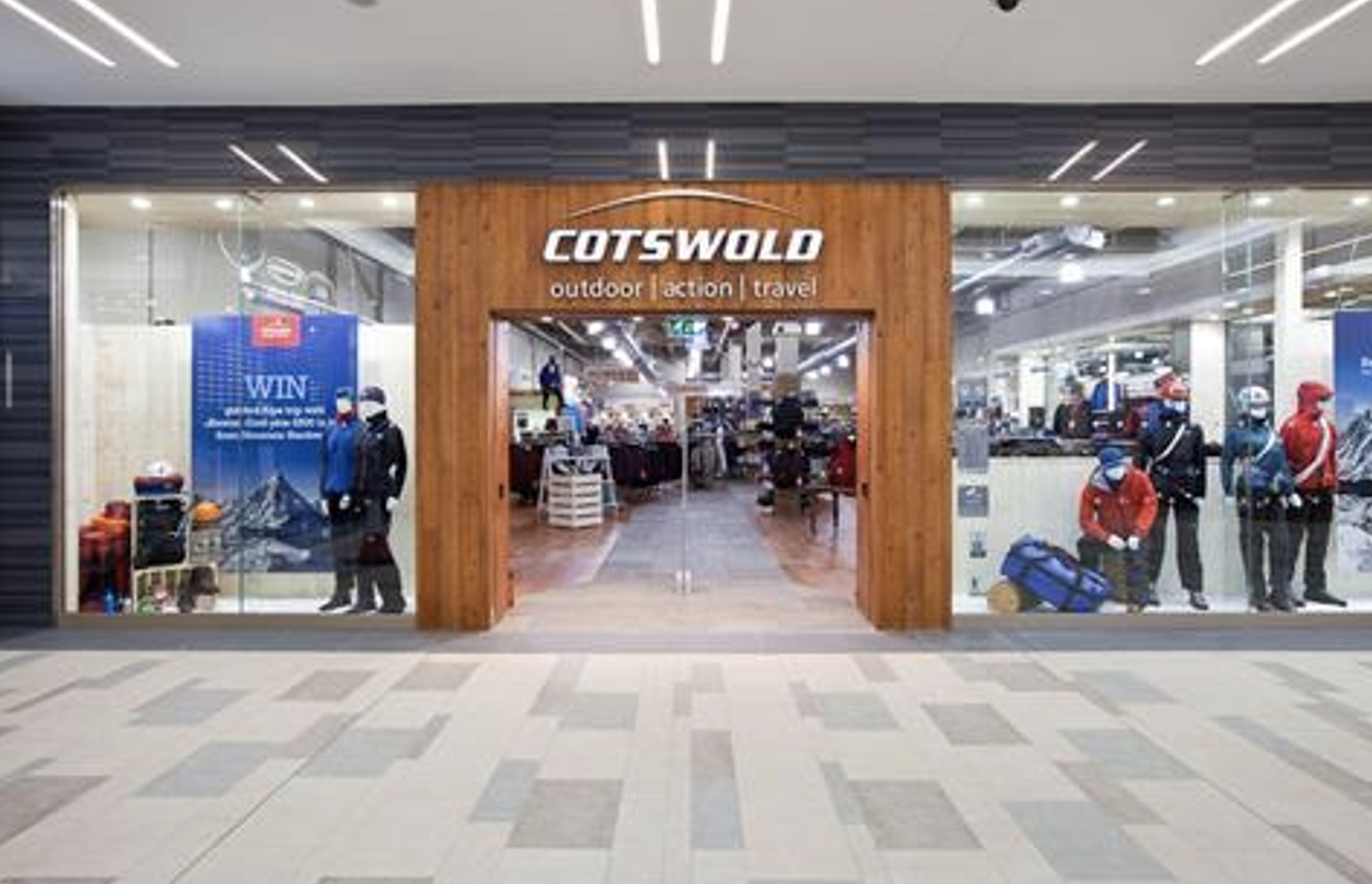More than 10,000 chain store shops closed down in Great Britain in 2021 – as the way customers buy has changed, new data suggests. This year’s closure rates are in line with last year and reflect the customer shift online, but are now expected to slow following the closure of a number of large retailers.
In all, 17,219 shops closed, and 7,160 opened in 2021 – a net decline of 10,059, according to PwC research compiled by the Local Data Company. That equates to 47 closures a day in 2021, slightly lower than 48 in 2020. Meanwhile the number of new openings has declined by 26% since pre-pandemic 2019. But the closure rate is now expected to slow, with the reshaping of retail largely achieved.
Lisa Hooker, consumer markets lead at PwC, says: “The last two years have been tumultuous for retailers but the closures we’ve seen are an acceleration of what was happening before the pandemic. Changes in consumer behaviour, changing patterns of working and the shift to online is impacting on both retail and service chain operators.
“Location matters most to consumers and whilst city centres and shopping centres falter, retail parks and standalone operators have broad appeal. Multiple operators are taking note of this changing consumer behaviour and are relocating stores to where their customers need them to be.
“Many of the CVAs and administrations that took place in early 2021 have now been captured, including department stores, fashion retailers and hospitality operators that have left gaps in city and shopping centre locations. There is a pressing need to radically reshape and even repurpose towns and city centres plagued by these empty units and shopfronts. To regain lost footfall, high streets must understand why retail parks are so attractive to consumers or look for ways to better serve local needs, encouraging independent retailers and entrepreneurs to take this opportunity to grow into the gaps that are emerging.”
Retail parks have proved most resilient to closures, with 593 closures in 2021, and well behind high streets (4,287) and shopping centres (1,690). Retail parks saw net closures of -4%, high streets -5% and shopping centres -7%.Out-of-town retail parks, says PwC, have seen footfall recover faster, thanks to good parking, easy access and the ability to reach them by car rather than public transport. At the same time, shopping centres have been harder hit by closures of fashion retailer, department stores and casual dining restaurant chains.
Net closures have hit London postcodes and city centres including Birmingham, as people spend more time working from home and less time in the office.
The effect of the shift online on the high street
Fashion retailers, says PwC, have closed shops fastest in the last year, with almost four net closures a day. Fashion and department stores have closed as trade has moved online, and in some cases retail brands have also moved online – from the Arcadia Group brands bought by pureplays Asos and Boohoo to Boohoo’s acquisition of Debenhams. Charity shops are also closing as trade shifts online, with 557 closures in 2021. Beyond retail, banks have also accelerated branch closure programmes during the pandemic.
Lucy Stainton, commercial director at The Local Data Company says: “These latest figures for 2021 show the gap between openings and closures has widened, though hopefully this marks the end of the worst of the structural decline in chain retail exacerbated by the pandemic. 2021 was an extremely challenging period for occupiers, with the first three months lost to a strict lockdown, limitations on international travel impacting tourism, increased migration to online retailing, mobility restricted across all sectors and continuing home working impacting city centres. There is no doubt that the numbers are stark and 2021 saw an acceleration in net closures across this sector, which in isolation looks dramatic.
“However, it’s also worth noting that vacancy rates have started to stabilise across the market, meaning that the number of empty shops is no longer increasing. This is due to a significant uptick in independent retail and leisure businesses opening sites in units left vacant by chains. The rental tone is softening and more space has become available in prime locations previously occupied by bigger brands, paving the way for new and up and coming operators. This trend is significant for a number of reasons, not least because, in theory, the growing independent operators of today are potentially the chains of tomorrow. As these businesses gain momentum, they also gain better infrastructure and stability.
“Ultimately, these latest statistics on the performance of the chain sector should not be viewed in isolation and don’t point to ‘the death of the high street’, but rather represent a last shakeout of some of the heritage brands, paving the way for new operators and so the constant evolution of physical retail continues.”
The effect on jobs
GMB analysis of the latest Office for National Statistics (ONS) figures suggest that almost 135,000 traditional retail jobs were lost during the pandemic, with 1.075m sales and retail assistants, cashiers, and check-out operators employed in 2021, down from 1.2m in 2019.
Andy Prendergast, GMB national secretary, says: “The Great British High Street is being allowed to wither and die. These are vital businesses that drive our economy and help our communities thrive. GMB calls on councils and landlords to review commercial leases and offer lower rents – while our business rates system is archaic and no longer fit for purpose/. Empty high streets and shopping centres that look like ghost towns are no good for anyone.”
But Rob Shaw, SVP global sales at Fluent Commerce, says: ”Retail is still at the heart of the UK economy but it will, and has to, evolve. There is a huge recruitment drive in delivery, fulfilment and logistics jobs, as we have shifted to online purchases and we may well see a pivot as retailers adapt job roles to accommodate this. We (consumers) haven’t stopped spending on retail products. The way we do, though, has.
“Following this shift, employers really need to make sure that their staff is adaptable and flexible. One day you might be serving customers in the store and that is your main job. The next day your main role could be to pick, pack & fulfil online orders in store or serve curbside/click & collect customers. Expanding the way you fulfill orders to include all of your locations is great for retailers, but it will only be great for customers, if staff are trained, and there is enough staff, to make it a good experience. Store associates aren’t going to be “just” customer service staff any longer. They need to be highly skilled all-rounders.
“Despite the current challenges the bricks and mortar retail sector still has plenty to offer. Consumers still want to physically touch and feel products, socialise and have the “experience” of shopping. I don’t see this changing and in fact, Generation Z consumers are more likely to favour this type of retailing. To truly benefit from this retailers need to continually invest in their staff, delivering training to ensure their employees have the comprehensive, wide-ranging skill set required in today’s ‘new normal’. Without this investment, retailers will find themselves stuck in a revolving door of recruitment and staff replacement – and that’s no good for anyone.”









